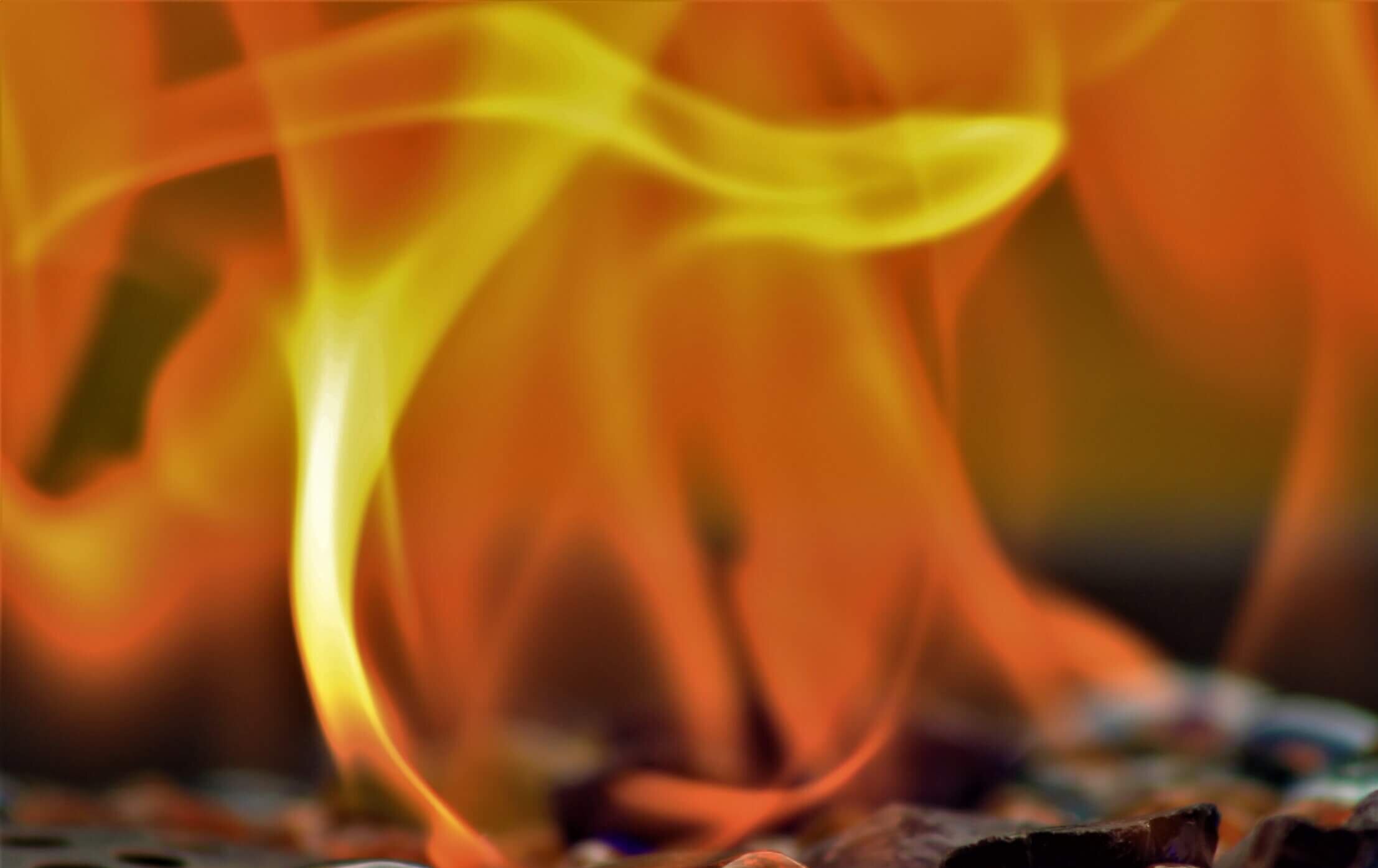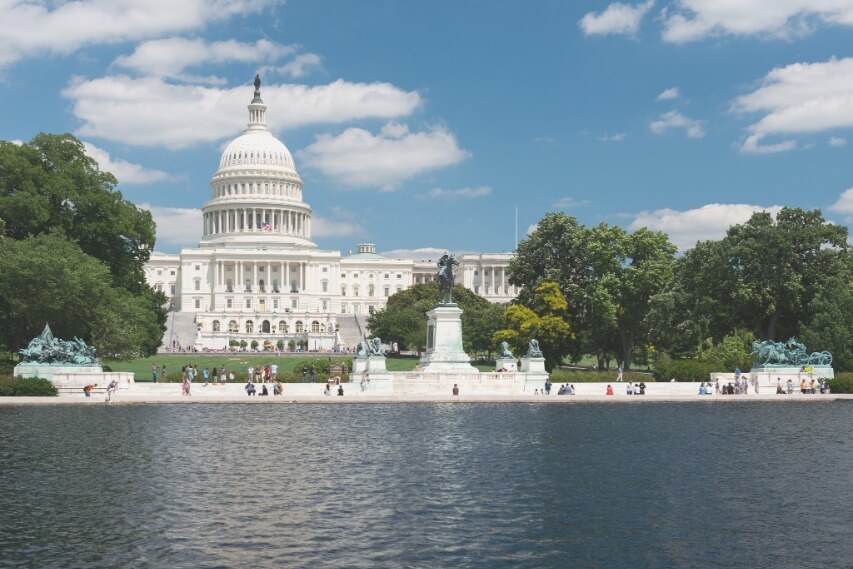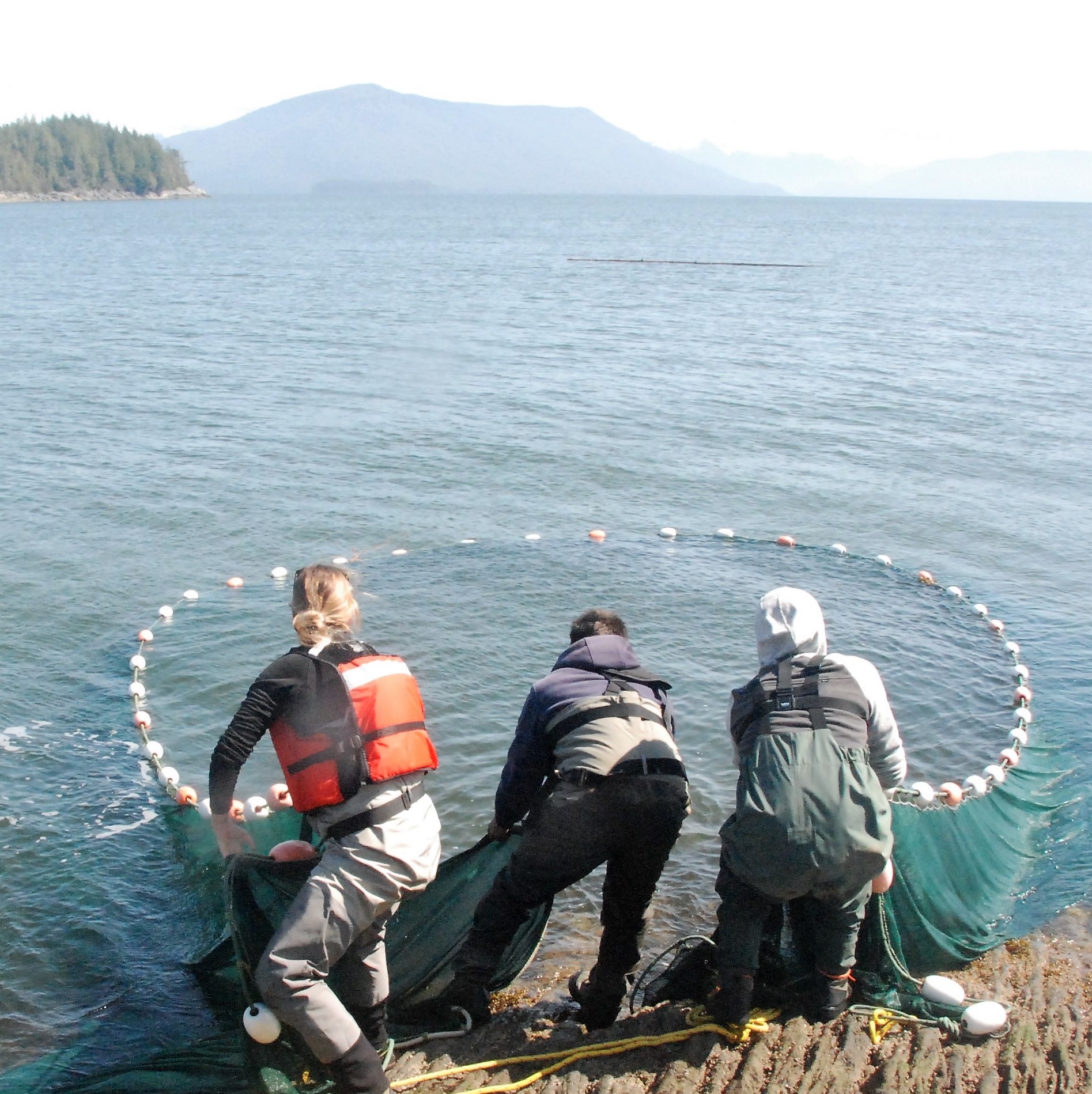By Karen McLeod
Published May 13, 2014
Categories: About COMPASS, Science
Tags: climate change, collaboration, connecting, convening, fire, frames, jargon, landscape, opportunity, perspective, risk, transforming, uncertainty, workshop
Fire may be one of the clearest manifestations we have of climate change – it’s visible, palpable, and stirs our emotions. Headlines from last week’s release of the Third National Climate Assessment predict a growing rash of wildfires. Fire seasons are lengthening. Fires are occurring in places or at scales they haven’t in the past. The US Forest Service intends to spend almost $2 billion to manage and minimize the impacts of fires across the country this year. When it comes to communicating with the public, the “why should I care” obstacle faced by scientists in most research arenas is almost non-existent for those studying fire. But, other communication challenges – complexity, uncertainty, risk, reframing – remain.
When wildfires burn, our televisions are flooded with images of mountainsides engulfed in flames, and stories of disaster, catastrophe, and loss. The loss of lives and property from wildfire is very real. But, fire is also a life force within ecosystems around the globe. Arresting images of rebirth and renewal – the myriad species that depend on fire – are less prevalent in the media. Perhaps most challenging of all to communicate, fire does not manifest in the same way everywhere. Context matters. What holds true for southwestern Ponderosa pine forests may not hold true for the northern Rockies or for California’s chaparral. In some places, there may be fire deficit, with less fire on the landscape than seen in the past. In other places, there may be more fire than in the past. In some places, high-severity fire is the norm. In others, increases in severity are unlike anything we’ve ever seen.
In light of this complexity and the increasing disconnects between a rapidly growing body of science and how that understanding is reflected in fire management and policy, COMPASS saw an opportunity to convene a cross-section of the fire science community. In late April, Nancy Baron and I co-led an advanced communication workshop for twenty-two leading US and Canadian scientists studying different dimensions of fire – climatology, fire history, post-fire effects, modeling future fire dynamics, and the social aspects of wildfire risk. With the help of a stellar team of journalist trainers and the vision of three scientist leads (Jennifer Balch, Max Moritz, and Monica Turner), our aim was to help this cohort of scientists better communicate the science of fire – both their individual slice and the whole – to non-scientists.
Tough questions from journalists often spark new insights for scientists. Here’s our panel of journalists (left to right, Ivan Semeniuk, Douglas Fischer, Natasha Loder, and David Malakoff) poised to grill a trio of scientists during a mock press conference at the workshop.
Photo by Heather Reiff.
These scientists were struck by just how much the focus on distilling their science to more effectively communicate beyond their peers helped them communicate with their peers. According to Brian Harvey of the University of Wisconsin, “One of the most surprising lessons I learned was that communicating my research findings in a concise way to better reach a non-technical audience was also extremely effective for communicating to other scientists. Taking a step back from the details and caveats to make sure that the ‘big picture’ takeaways are not lost is really important, and will help me write better scientific papers, too.”
Scientists have a reputation for caveating things to death. For fire, the caveats feel especially important, given that the overgeneralization of trends and solutions from place to place is at the heart of many misconceptions. But, engaging your audience, especially non-scientists, requires piquing their interest up front and saving the caveats for later. Richard Hutto of the University of Montana noted, “The typical poster at a professional meeting reflects the communication problem most scientists have – they refuse to boil their story down to a few salient bullets! The workshop really helped reinforce the idea that effectiveness is related to getting the main idea out there; you can always add detail if the listener wants more.”
In addition to caveats, scientists have a (admittedly deserved) reputation for speaking jargon. Often we don’t even realize just how much of it we speak. Jargon can be not only incomprehensible, but even worse, can have unintended meanings for non-scientists. In the fire community, one pervasive term is fire “regime” – at the workshop, we dubbed it the “r” word. For the public, a regime conjures up images of authoritarian rule, rather than the more benign scientific meaning – the pattern, frequency, and intensity of wildfire in a given area. And, jargon not only gets in the way of public understanding, but can also enshrine concepts that unnecessarily divide the research community. Infinitely variable fire regimes are typically broken into discrete typologies that vary with geography. Experts who work in those systems often identify with a particular regime. And, the differences between these camps have overshadowed just how much commonality they share.
The lines between camps began to blur during the workshop. The growing camaraderie was conspicuous. “Learning how to hone our research to a simple message was incredibly valuable, not simply for pitching it confidently out to the wider public,” said Tania Schoennagel of the University of Colorado, Boulder, “but also lobbing it over to colleagues within our field, which was an unexpected benefit of improving communication within what we realized is a loosely defined home team.” I’ll share more about how they found common ground in next week’s blog.
These scientists are fired up to continue what they started at the workshop. They’ve catalyzed opportunities to bust commonly held myths about fire and begun to build bridges within their at-times polarized scientific community. This is a critical moment to inject cutting-edge fire science into conversations about how society manages flammable landscapes and adapts to changing fire cycles. I’m inspired by their energy and excited to see where their initial momentum carries them.
COMPASS is constantly sniffing out promising opportunities to help scientists more effectively communicate, both among their peers and beyond. Let us know where those opportunities are within your area of expertise!



